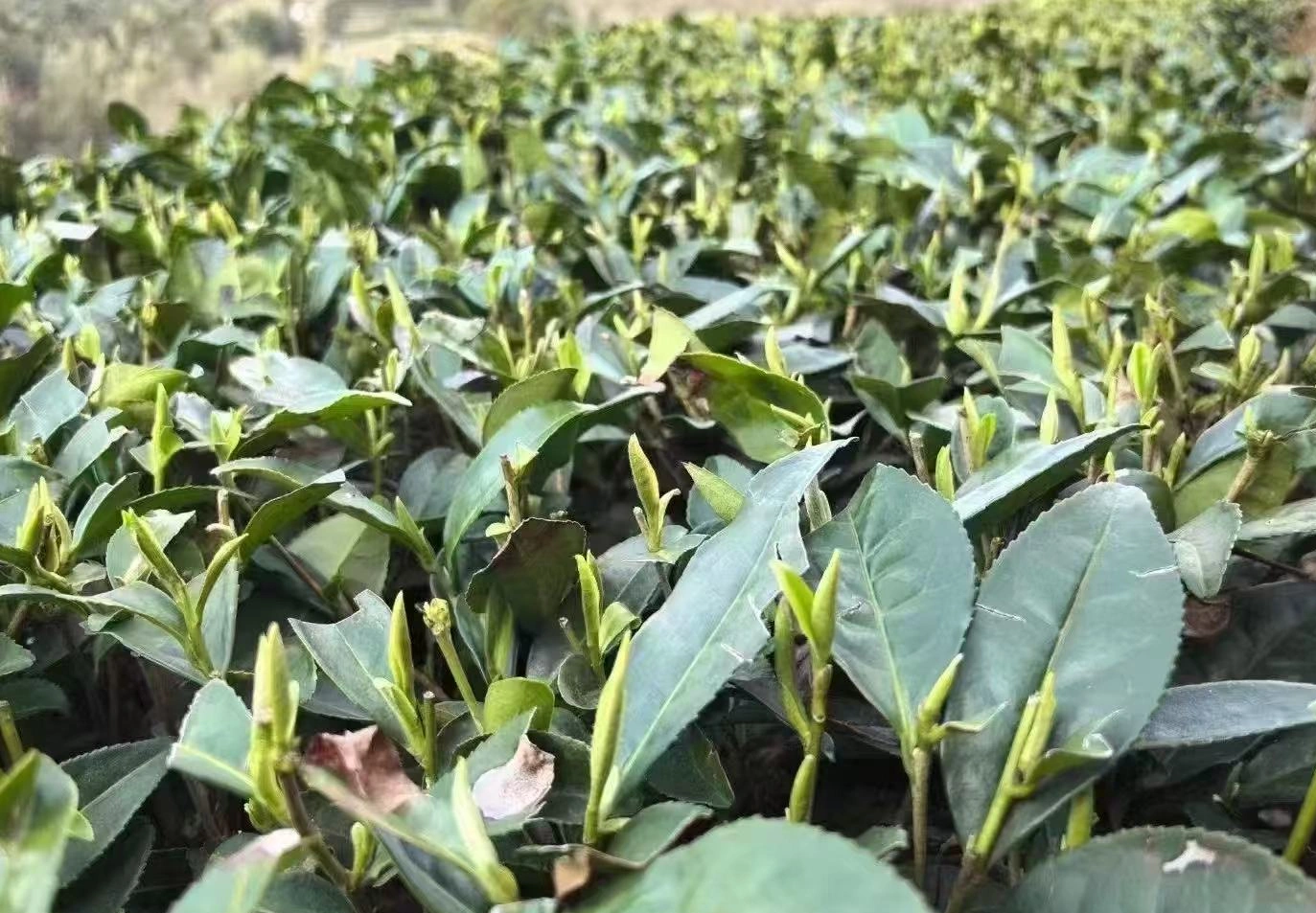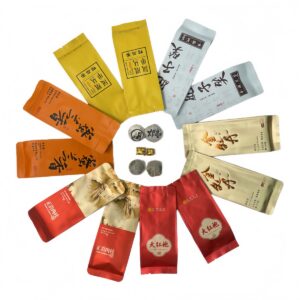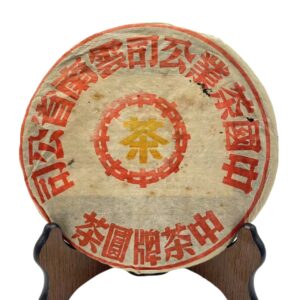There’s something truly magical about black tea. It awakens the senses, warms the soul, and connects cultures from East to West. Whether you’re sipping it during a cozy morning ritual or a mid-afternoon reset, black tea offers a rich, full-bodied experience that goes far beyond just a beverage.
But what is black tea exactly? Why does it taste so distinct? And what makes it one of the most consumed teas worldwide? Let’s embark on a flavorful journey to uncover the essence of black tea—its history, processing, benefits, and how to brew that perfect, soul-hugging cup.
Origins & History of Black Tea
Black tea was born in the misty mountains of China, the cradle of tea culture. Unlike green tea, which is minimally processed, black tea undergoes full oxidation, giving it its signature dark leaves and bold character.
One legendary origin story tells of how Chinese farmers, during wartime, left tea leaves to dry longer than usual. The result? A stronger, more aromatic tea—what we now know as Lapsang Souchong, the world’s first black tea.
From there, black tea made waves across continents. It became a luxury in Europe and a staple in British households. From the British Empire to modern-day cafes, black tea has traveled far and wide, enchanting palates and shaping traditions.

How Black Tea Is Processed
The journey from fresh green leaf to flavorful black tea involves art, science, and a deep understanding of nature.
Withering & Rolling
First, tea leaves are spread out to wither—losing moisture while enhancing softness and aroma. They’re then gently rolled, bruising the leaves and releasing essential enzymes.
Oxidation & Fermentation
This is the magical phase. Leaves darken as they interact with oxygen. Flavors intensify, and the tea develops deep, complex notes—malty, fruity, even chocolatey at times.
Drying & Firing
Finally, the leaves are dried or pan-fired to halt oxidation and preserve their vibrant taste. The result? Crisp, aromatic black tea leaves packed with sensory delight.
Types of Black Tea to Explore
Loose Leaf Black Tea vs Bagged
Loose leaf black tea offers fuller flavor, richer aromas, and more character than mass-produced tea bags. Think of it as the difference between fresh herbs and dried seasoning—both work, but one sings with soul.
Famous Chinese Varieties
China is home to some of the most celebrated black teas in the world:
- Jin Jun Mei – Elegant, smooth, with notes of honey and florals
- Yunnan Dianhong (滇红) – Bold, peppery, with a golden liquor
- Yingde Black Tea – Mellow, slightly sweet, often with a cocoa hint
- Lapsang Souchong – Smoky, rich, and wildly unforgettable
Each sip is a window into China’s diverse tea terroir.
Caffeine in Black Tea
Need a gentle energy boost without the crash? Caffeine in black tea ranges from 40 to 90 mg per 8 oz cup—less than coffee but enough to uplift your mind and sharpen your focus.
Caffeine content can vary based on:
- Leaf size and type (buds usually contain more caffeine)
- Brewing time (longer steep = stronger buzz)
- Temperature (hotter water extracts more caffeine)
If you’re caffeine-sensitive, go for shorter steeping and cooler water. If you want a kick, let it steep longer and deeper.
Flavor Profile & Aroma
Black tea isn’t just bold—it’s beautifully complex. Expect notes of:
- Malt and caramel
- Sweet spices
- Smoky wood
- Dried fruit or honey
The scent is equally captivating. Open a bag of loose leaf black tea, and you’ll be greeted by earthy, roasted, almost chocolate-like aromas that transport you to misty hillsides and sun-drenched tea farms.
Health Benefits & Considerations
Beyond its irresistible flavor, black tea offers a treasure trove of wellness benefits:
- Rich in antioxidants like theaflavins and catechins
- Supports heart health by lowering LDL cholesterol
- Improves focus and alertness with moderate caffeine
- Aids digestion and reduces inflammation
But moderation matters. Too much can cause jitteriness or interfere with iron absorption due to tannins. Stick to 2–4 cups daily to reap the benefits without overdoing it.
Brewing the Perfect Cup
Water Temperature & Steep Time
Use freshly boiled water at around 90–95°C (194–203°F). Steep for 3–5 minutes depending on strength preference. Too long? You’ll get bitterness. Too short? You’ll miss the magic.
Techniques for Loose Leaf Black Tea
- Use a teapot, tea infuser, or go traditional with gongfu-style brewing
- 1–2 teaspoons of tea per cup
- Rinse leaves briefly if desired to awaken the aroma
Want a lighter cup? Use fewer leaves or shorten the brew time. For more caffeine? Steep longer, especially with broken or CTC-style leaves.
🔗 For more tea brewing methods, check out the YouTube video explaining the brewing methods.
Buying & Storing Black Tea
When choosing loose leaf black tea, look for:
- Whole, unbroken leaves
- Rich aroma (not stale or dusty)
- Clear origin and harvest information
To store:
- Keep in a cool, dry, airtight container
- Avoid light, moisture, and strong odors
- Enjoy within 6–12 months for peak flavor
FAQs About Black Tea
Is black tea the same as red tea?
Yes! In Chinese, it’s called “hong cha” (red tea), based on the reddish brew color.
How to reduce caffeine in black tea?
Shorten steep time, use cooler water, or blend with herbal infusions.
Best time to drink black tea?
Morning for energy, or early afternoon to avoid interfering with sleep.
Conclusion & Next Steps
So—what is black tea? It’s a story, a sensation, a ritual. From its rich history to its invigorating flavor and health perks, black tea is more than just a drink—it’s a timeless companion.
Explore loose leaf black tea varieties, discover what flavor sings to you, and make your daily brew a moment of joy, clarity, and comfort.
🧡 Stay steeped in serenity, and let every cup of black tea tell its story. 🧡



